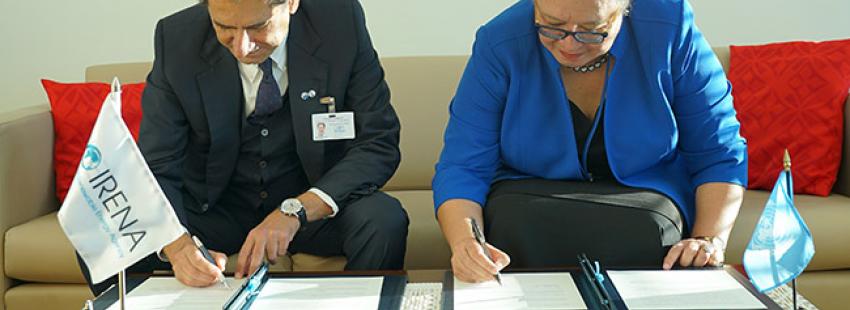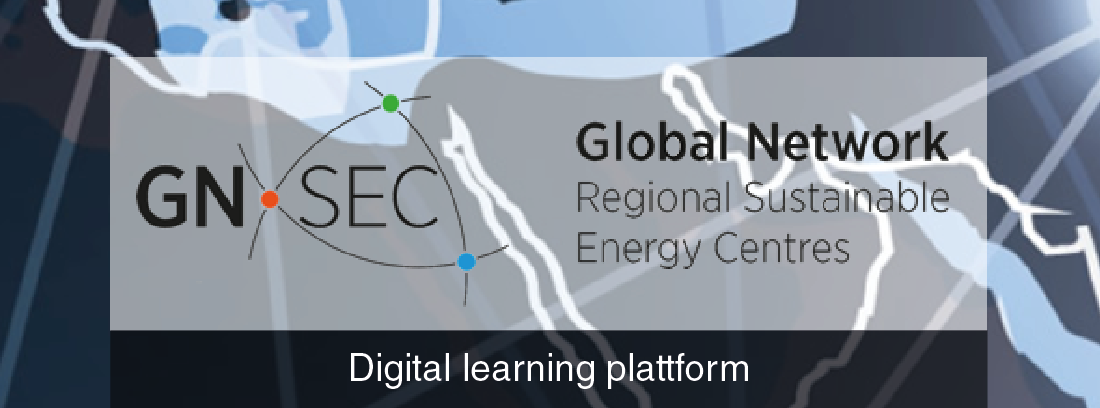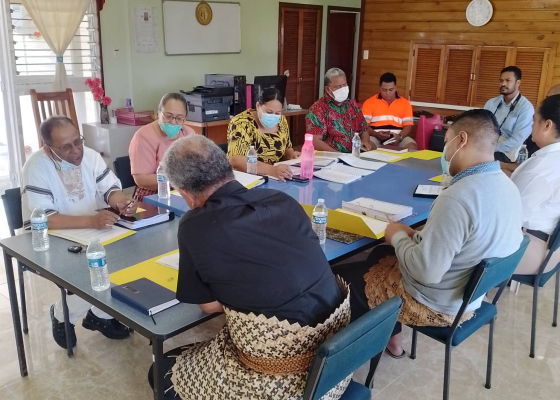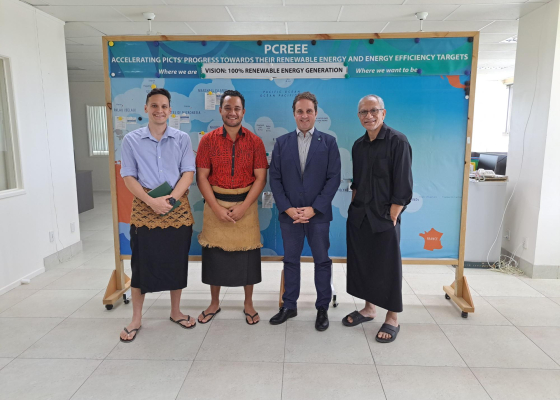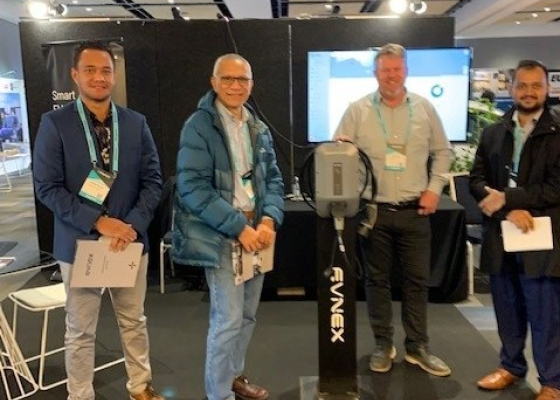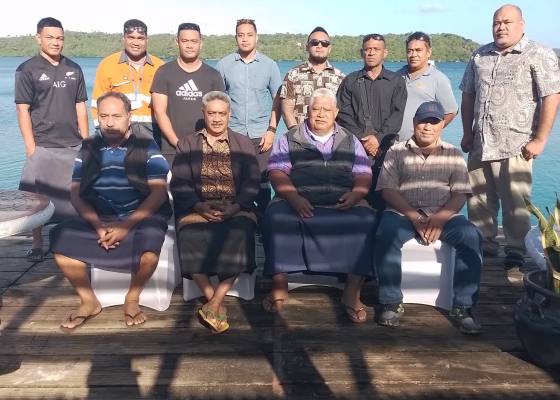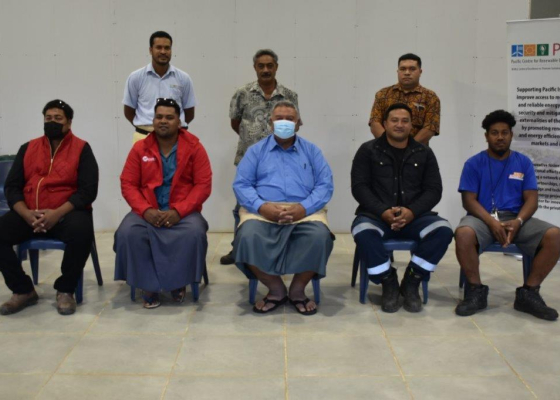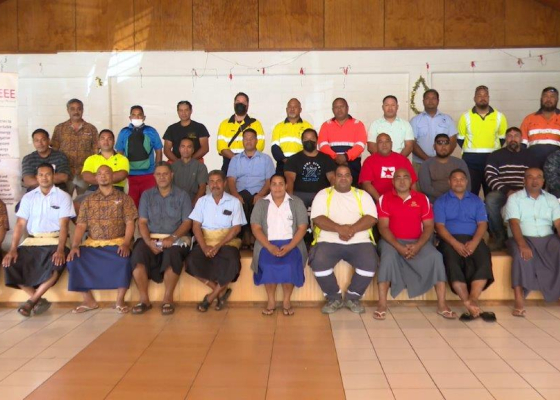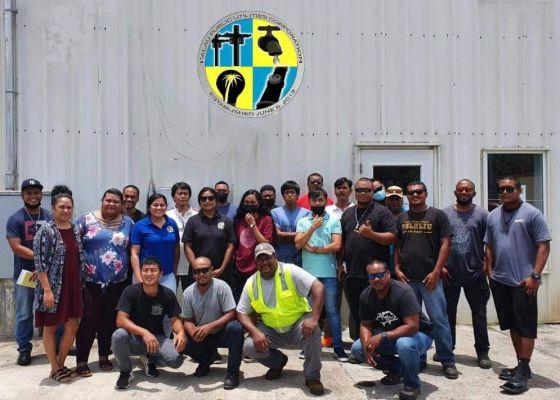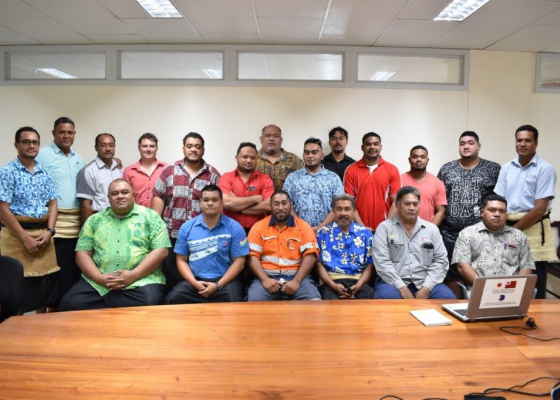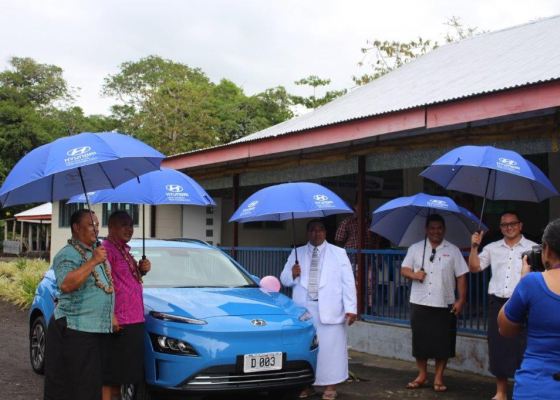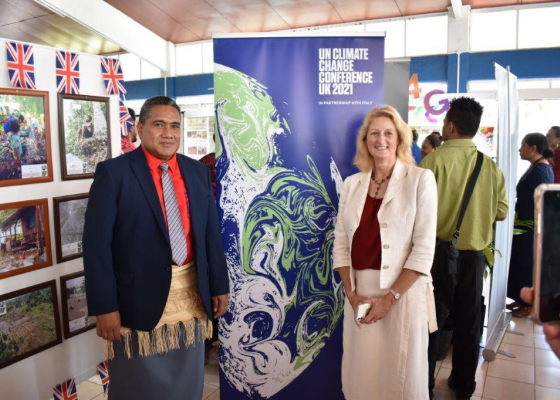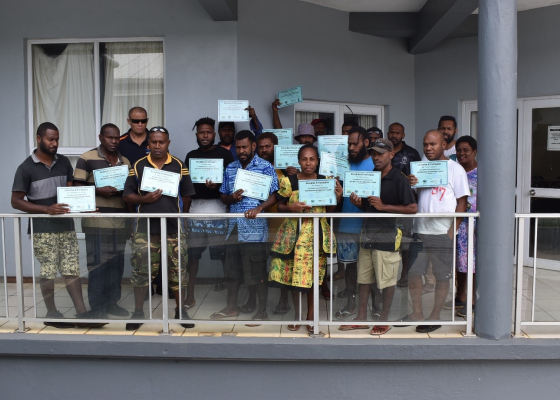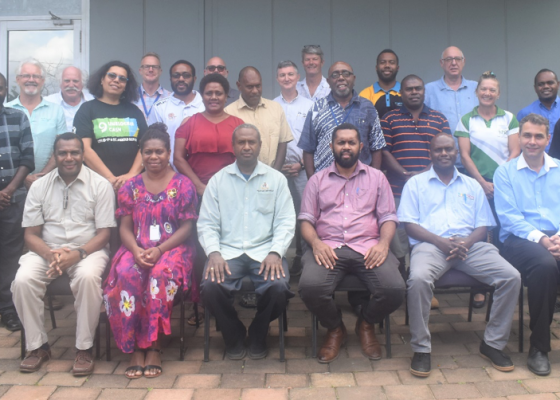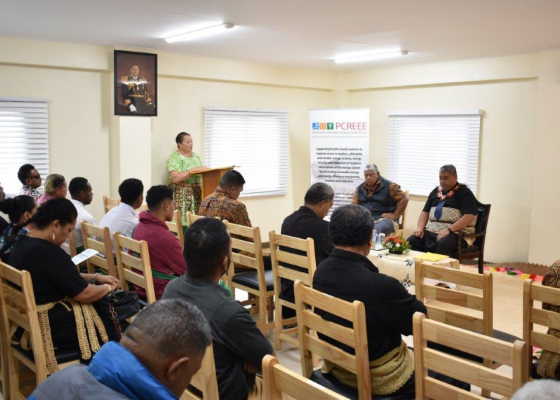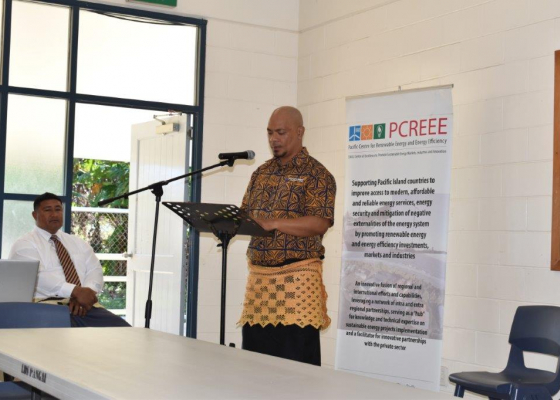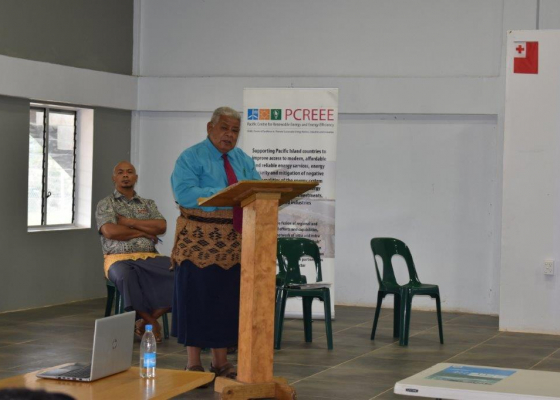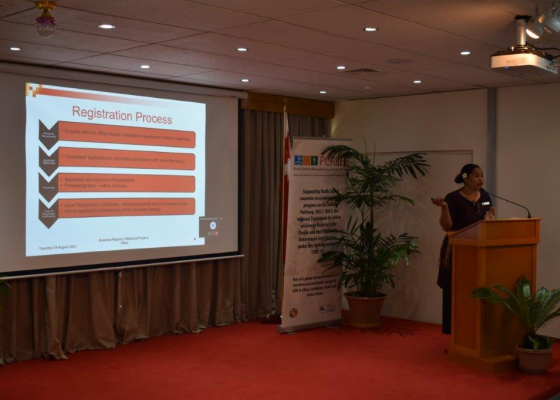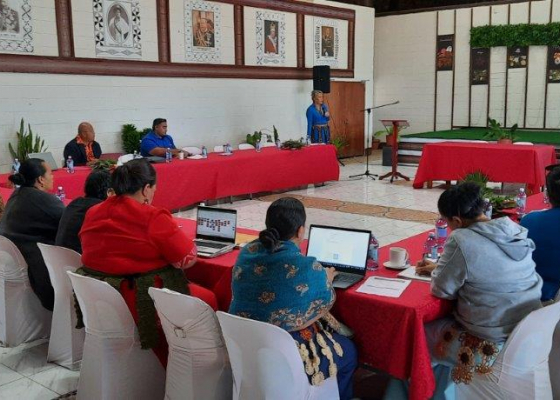Collaboration on renewables-based energy systems for islands
Two international organisations, UN-OHRLLS and IRENA, will collaborate on activities to support the building of renewables-based energy systems, in order to close the energy access gaps experienced by least developed countries and small island states.
The United Nations Office of the High Representative for the Least Developed Countries, Landlocked Developing Countries and Small Island Developing States (UN-OHRLLS) and the International Renewable Energy Agency (IRENA) on September 27 commited to strengthen cooperation aimed at advancing renewable energy in the Least Developed Countries (LDCs), Landlocked Developing Countries (LLDCs) and Small Island Developing States (SIDS).
The memorandum of understanding (MoU) was signed by the UN-OHRLLS Under-Secretary-General Fekitamoeloa Katoa ‘Utoikamanu and IRENA Director-General Francesco La Camera.
In a statement they said that strengthened collaboration between the two organisations contributes to global efforts to implement the 2030 Agenda for Sustainable Development and Nationally Determined Contributions (NDCs) in the context of renewable energy.
“SDG7 on sustainable energy is of critical importance to the achievement of Agenda 2030, if not all the Sustainable Development Goals,” said Fekita. "The least developed countries, landlocked developing countries and small island developing states are at risk of being left behind. Together in partnership we can make faster progress. We must close energy gaps and support countries transitioning to more sustainable and renewable energy sources by 2030. Countries cannot achieve this alone. We are proud to strengthen our collaboration with IRENA to combine our expertise and comparative advantages to support countries to achieve their renewable energy goals.”
Mr La Camera said, “The energy transformation brings significant opportunity to developed and developing countries alike ... Renewables are not only our most effective response to rising emissions, but they are also an engine of low-carbon development, supporting energy access, energy security and climate resilience in the world’s most vulnerable countries. This partnership bolsters the efforts of both organisations to achieve SDG7 and the wider sustainable development goals.”
The two organisations will collaborate on activities to support LDCs, LLDCs and SIDS to build renewables-based energy systems, close the energy access gaps experienced by these groups of countries and harness the socio-economic and environmental benefits of renewable energy.
LDCs, LLDCs and SIDS consist of 91 countries with a total population of 1.1 billion. Access to energy in these vulnerable countries remains a major challenge. About half of the people in the world without electricity live in LDCs. In 2016, the proportion of the population in LDCs with access to electricity was 44.8 per cent. In LLDCs it was 53.1 per cent, and in SIDS it was 76.3 per cent.
“Ending energy poverty in these groups of vulnerable countries and ensuring that no country or person is left behind is critical to achieving the 2030 Agenda for Sustainable Development and achieving the Sustainable Development Goals,’ they stated.
For more information please click here.
Source: Matangi Tonga Online
Upcoming Events
-
11/03/2025 to 11/07/2025
-
11/19/2025
-
11/20/2025 to 11/21/2025
-
03/02/2026 to 03/03/2026

